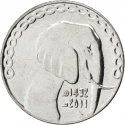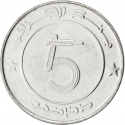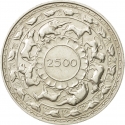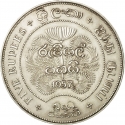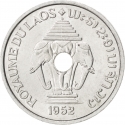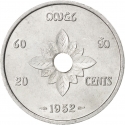You are about to finish your registration. Please check your mailbox (including spam folder). There should be a letter with a confirmation link. Check setting to make sure that your e-mail address is correct.
Send letter againDescription
Portuguese Angola was a colony of Portugal from 1575 to 1975, located in southern Africa along the Atlantic Ocean. During this period, Angola became a significant source of slaves for the transatlantic slave trade and was rich in natural resources like diamonds and oil. The struggle for independence grew in the mid-20th century, culminating in Angola gaining freedom on November 11, 1975, following the Carnation Revolution in Portugal. However, independence led to a brutal civil war between factions like the MPLA, FNLA, and UNITA, supported by Cold War powers. The war lasted until 2002, but Angola has since made substantial economic progress, with Portuguese remaining its official language and a lasting influence of Portuguese culture and heritage.
Obverse
_Escudos_2.5/1953-1974_15.11.2018_23.21-60.jpg)
|
Depicts the coat of arms of Portuguese Angola, encircled by the colony's name in Portuguese at the top, and the value positioned below. ANGOLA |
|---|---|
Reverse
_Escudos_2.5/1953-1974_15.11.2018_23.21_01-60.jpg)
|
Depicts Portuguese escutcheon on upon a golden armillary sphere, name of country above, date below. REPÚBLICA·PORTUGUESA |
| Edge |
2½ Escudos
KM# 77 Schön# 17
Characteristics
| Material | Cupronickel |
| Weight | 3.46 g |
| Diameter | 20 mm |
| Thickness | 1.46 mm |
| Shape |
|
| Alignment | Coin |
| Mint |
Portuguese Mint and Official Printing Office (INCM)
|
_Escudos_2.5/1953-1974_15.11.2018_23.21.jpg)
_Escudos_2.5/1953-1974_15.11.2018_23.21_01.jpg)
